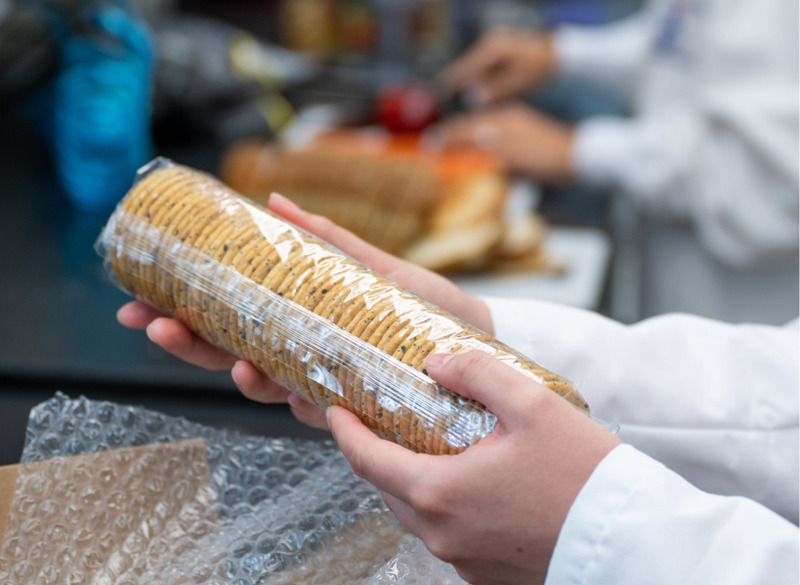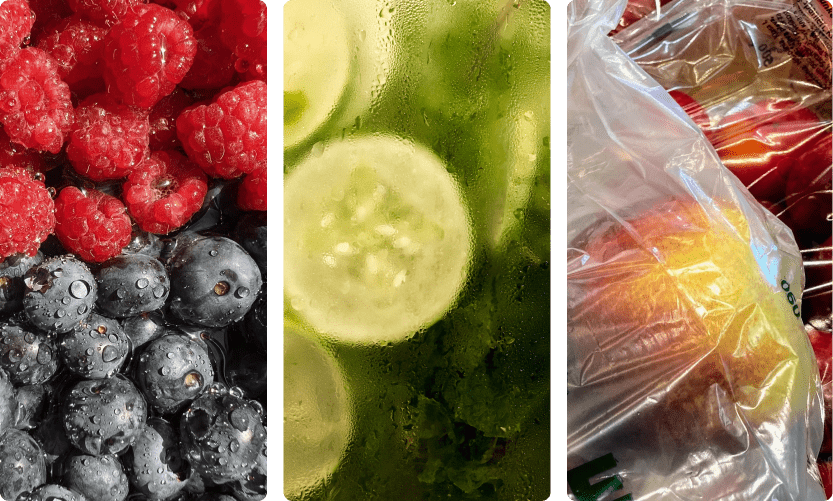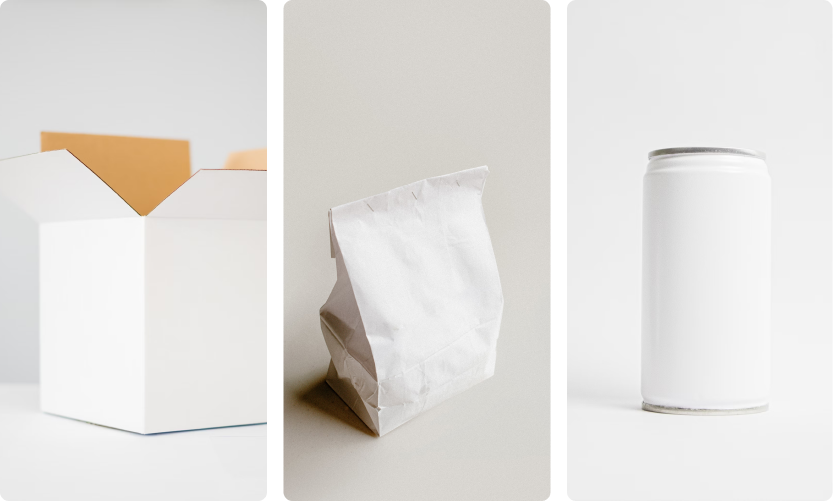Industry Leading Shelf Life Testing
Understanding the quality of your product over time is critical. Our shelf life study protocols are designed to ensure you get the most accurate representation of your products stability, providing powerful data and consumer insight.


Our Approach To Shelf Life Testing
We collaborate to customize each test protocol to suit your specific product, distribution area, and desired outcomes.
The analytical testing is conducted in our acclaimed ISO accredited lab with validated AOAC methods.
We match you with a dedicated customer success manager and stability scientist to ensure your testing goals are achieved.
Identify quality challenges throughout the lifecycle of your product
Our studies identify modes of failure like temperature based reactions and moisture loss over time; information critical to extending the shelf life of your product.

Our state-of-the-art technology allows us to simulate how your product responds to climate and shipping disturbances en route to its final destination.

Our simulation capabilities enable data modeling to understand how different packaging performs in various climate and distribution scenarios.

Our highly trained human sensory panel evaluates and analyzes the sensory attributes of your product throughout the study, providing powerful consumer insights.





Shelf life capabilities to meet your business needs
We have 30+ stability chambers that simulate the temperature and humidity from climates across the globe. Accelerated conditions track rancidity and degradation as well as flavor changes and our cycling weather room tracks how moisture affects your product and any texture changes that may come with it.

Through our abuse, light and transport studies, we can determine the effect that various conditions will have on your product. Examples include:
- Product appearance and melt point data using our transit abuse simulation
- How warehouse conditions in different parts of the US and the world will affect your product
- How your packaging will hold up when in the transit process via our shaker table technology
- How your product may change under harsh display lighting in a grocery store

Our moisture isotherm models determine if your product will get too dry or wet due to the packaging materials. Moisture modeling allows a company to understand roughly how moisture gain or loss occurs through packaging (in shelf stable products only) over time in various climates. This typically impacts product texture and can be helpful to understand if you have enough packaging barrier for your product or even if you have too much and could save cost on your packaging.

Use our shelf life moisture modeling tool to determine what packaging to use for varying climates across the globe. Once we have data from running moisture isotherm testing, we can simulate how your packaging will hold up in every major city across the globe. This is a cost effective way to make decisions about shipping, storing, and selling your product in various climates.

Utilize the team’s extensive product experience to determine appropriate accelerated shelf life testing conditions and protocols. Accelerated testing is useful in tracking temperature based reactions such as rancidity and color, flavor, and vitamin loss. Texture changes are better tracked in other conditions. However, the speed with which this condition can get results allows for business decisions to be made sooner than waiting for ambient testing to complete.

Evaluate and analyze the sensory attributes of food products through the collective judgment of highly trained individuals. Ultimately, for food products, what matters most is how the consumer experiences the product. Things like taste, appearance and texture can determine if a customer buys the product again and has a good experience. It is important to have a scientific way to measure how much a product changes over time related to consumer experiences.

Let's find a solution together, share your scenario with us!
- Your product specifications and testing goals
- Current stability challenges
- Our scientist's recommendations to help you
achieve your goals - How we plan to test your product

A customer success manager will reach out to discuss your food testing needs.
"*" indicates required fields
Frequently asked questions
Anywhere from 4-24 months. It depends on your product and target shelf life.
With existing understanding of precise acceleration rates for your specific product, accelerated only testing is possible. Without that historical data, it is strongly recommended to run accelerated and non-accelerated testing in parallel to determine that rate.
This can vary greatly depending on the length, product, and testing. A good starting range is $3k-7k.
We can run micro tests at time points in the study, but do not currently run challenge studies which is required to determine micro limited shelf life.
Our group of trained panelists compare the aged product to the control sample and evaluate it for flavor, odor, texture, and appearance changes.